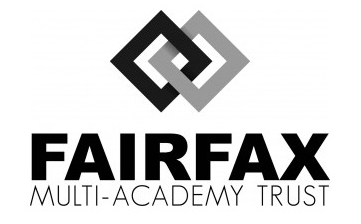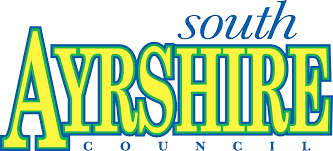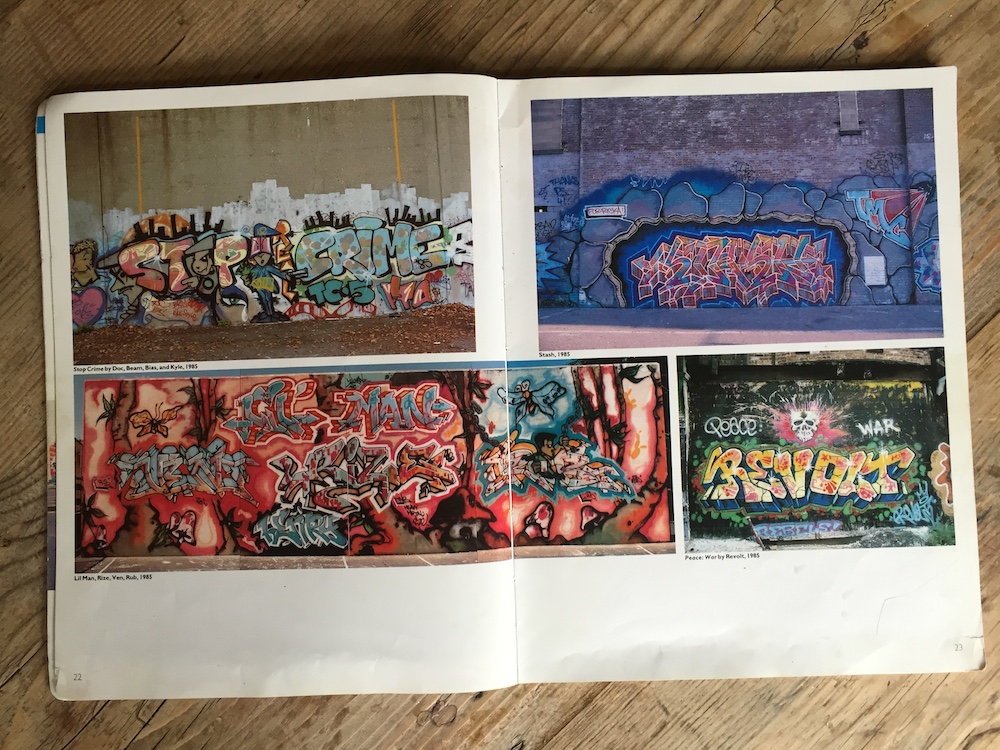
Lettering, calligraphy and fonts have fascinated me since I was a child. I've dabbled in calligraphy, both roman script and Chinese, had an interest in graffiti as a teenager, and am continually inspired by interesting lettering in all its forms.
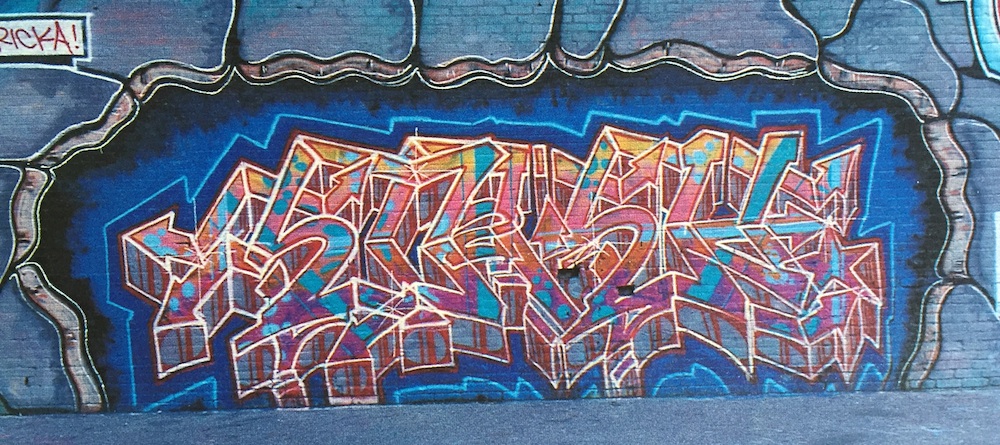 Sometimes lettering is used to exclude, to create an exclusivity only accessible to initiates. Graffiti represents one example, where certain styles and forms are impenetrable to the masses. This reinforces the power of the tribe, creating a cultural barrier to entry.
Sometimes lettering is used to exclude, to create an exclusivity only accessible to initiates. Graffiti represents one example, where certain styles and forms are impenetrable to the masses. This reinforces the power of the tribe, creating a cultural barrier to entry.
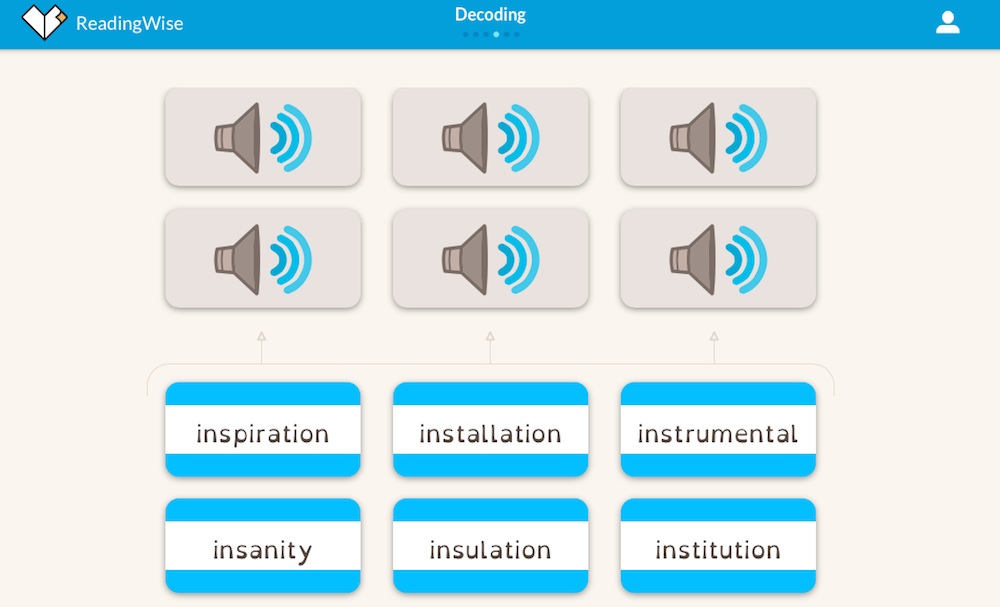 But our work today focuses on inclusivity, where every single individual is offered equal opportunity in learning to read. With almost 20% of children leaving primary school with poor literacy, we still have some way to go. The reasons for this stubborn statistic are complex, with childhood environmental factors playing a significant part. Some of these factors sit outside of a school's sphere of influence. The selection of strategies and interventions to ensure every child a reader does, however, lie within the school. It is heartening to hear the growing call to protect, strengthen and enshrine reading for pleasure as a non-negotiable part of the school day. This appears necessary in the face of a demanding curriculum schedule.
But our work today focuses on inclusivity, where every single individual is offered equal opportunity in learning to read. With almost 20% of children leaving primary school with poor literacy, we still have some way to go. The reasons for this stubborn statistic are complex, with childhood environmental factors playing a significant part. Some of these factors sit outside of a school's sphere of influence. The selection of strategies and interventions to ensure every child a reader does, however, lie within the school. It is heartening to hear the growing call to protect, strengthen and enshrine reading for pleasure as a non-negotiable part of the school day. This appears necessary in the face of a demanding curriculum schedule.
There are cases, particularly among the dyslexic community, where the choice of font makes reading harder. This summer Cordelia, who is dyslexic, discovered a font that revolutionised reading for her. The enormous effort required to read text diminished significantly; fluency and pleasure increased dramatically.
This font is called 'open dyslexic', an open source font made freely available for all. The impact is clear:


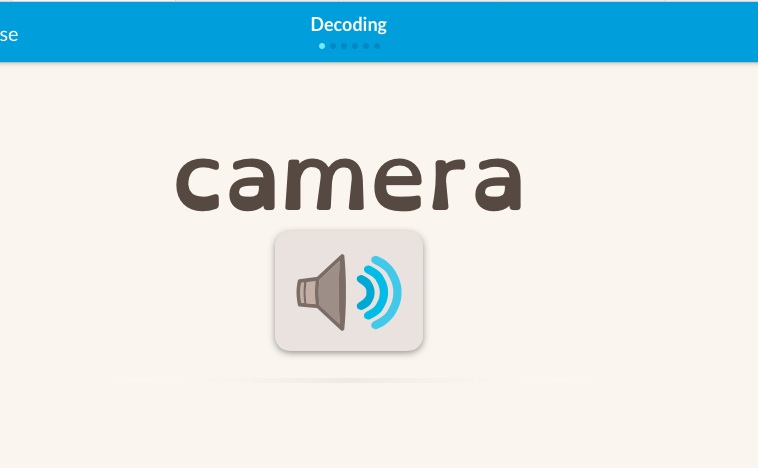 This summer we committed to integrating the open dyslexia font into ReadingWise Decoding. It is reasonable to assume children may not be able to identify or articulate the issues as expressed in the tweets above, and so we hope our integration of this font will help some of those we support feel an increase in fluency and a reduction in stress - supporting our mission to nurture confident readers with high levels of self-esteem.
This summer we committed to integrating the open dyslexia font into ReadingWise Decoding. It is reasonable to assume children may not be able to identify or articulate the issues as expressed in the tweets above, and so we hope our integration of this font will help some of those we support feel an increase in fluency and a reduction in stress - supporting our mission to nurture confident readers with high levels of self-esteem.




